Here's why Washington is the most exciting food city in America
Despite the hype from such places as L.A., the nation’s capital is the town everyone should pay attention to.
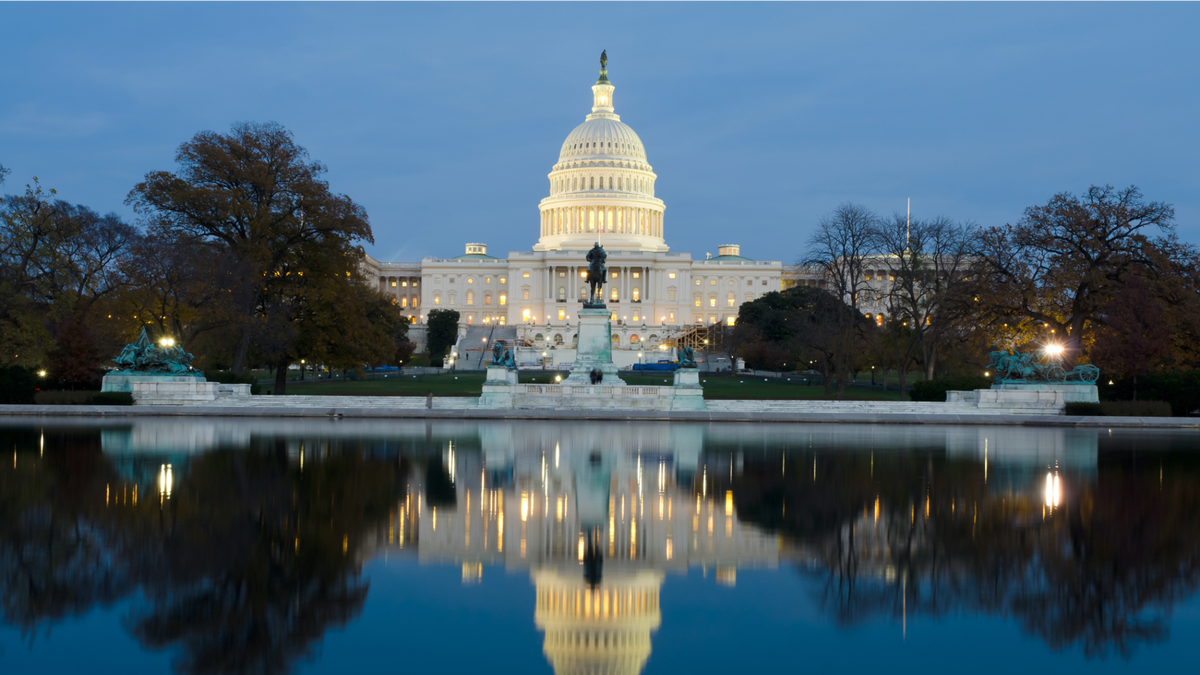
In an era of extreme polarization, it’s no surprise that one of the biggest firestorms in food this year came out of Washington. Back in January, as the government shutdown affected the White House catering staff, President Donald Trump feted the college football champion Clemson Tigers with US$3,000 worth of McDonald’s, Wendy’s, and Burger King, served on silver platters.
But it wasn’t for lack of options: Washington, despite what you may have heard, is the most exciting food destination in America.
The nation’s capital isn’t the obvious choice for this accolade. Los Angeles has become the glittery hot spot, welcoming top chefs such as Gabriela Cámara, David Chang, and Enrique Olvera, all of whom have either opened or are planning new concepts there.
New media opportunities from companies like Netflix, which produces food-focused series like Ugly Delicious and Chef’s Table, have made Hollywood attractive to food journalists, too, as traditional culinary publications verge on extinction.
Another nominal contender, New York, is having a tough dining-out year. A US$15 minimum wage has gone into effect, and rents remain prohibitively high – vacancy storefront rates are can run up to 20% in parts of Manhattan and Brooklyn.
Add to that consumer prices including rent that are 32% higher in New York than Los Angeles. The city’s biggest restaurant openings in 2019 were in a mall, Hudson Yards, or were reboots of old favorites such as Pastis. There was no new power dining epicenter in town, a place like Lilia, where the likes of Jennifer Lawrence, Ivanka Trump, and Goldman Sachs Chief Executive Officer David Solomon populate the tables.
Contrast this with Washington. The city has a restaurant scene that mirrors its World Series-winning Nationals – a group of underdogs who are fun to watch as they raise their city to championship levels.
It’s a lazy cliche that Washington has only recently been saved from steakhouse purgatory. Landmark chefs such as Jean-Louis Palladin, who catered to Reagan administration hotshots, and Nora Pouillon, the East Coast answer to Alice Waters, made the city compelling even in the ‘80s and ‘90s.
They in turn laid the groundwork for José Andrés, who helped introduce America to tapas at Jaleo before becoming the food world’s disaster-relief ambassador. "Those cooks added layers and layers to the dining scene that chefs are standing on now,” he says. He also points to the area’s wealth of ingredients, whether Virginia cheeses, Rappahannock oysters, or Maryland crabs.
Here’s the full case for the District – and why it should top your next culinary trip.
The right size
Compared to other heavy-hitting U.S. restaurant metropolises, Washington has the manageability of a small town. Its area size of 61 square miles (158 square km) is a fraction of the size of New York (300 square miles) and, of course, Los Angeles (469 square miles), so neighborhood restaurants are never more than a 20-minute ride share from each other.
Likewise, “restaurant desert” neighborhoods don’t really exist here. Exciting new parts of town include Columbia Heights, where former Uber driver Yuan Tang creates unconventional American dishes at Rooster & Owl, and chef Enrique Limardo cooks modern Venezuelan at Seven Reasons. Capitol Hill has a string of dynamic new places such as Kevin Tien’s Emilie’s, where the menu is autobiographical rather than regional and triple ranch fried chicken arrives on a book cart.
Even the city’s $2 billion Wharf is entertaining, filled with such local hero chefs as Fabio Trabocchi of Del Mar and Cathal Armstrong at the Filipino Kaliwa. Contrast that with the $25 billion Hudson Yards, where the atmosphere is one of endless escalators and the only lines are at Blue Bottle Coffee.
An appreciative audience
The city has a remarkably high percentage of two-income, highly educated diners who enjoy going out to eat and appreciate thoughtful, good food. The Washington metropolitan area, aka the DMV, is the highest-earning region in the country. The five counties with the top median incomes -including Loudon and Fairfax in Virginia – are all clustered around as well.
They’re also forgiving. Kwame Onwuachi had one of the restaurant world’s more spectacular failures at Shaw Bijou, which closed after just two and a half months in business.
Many cities don’t offer second chances, but Onwuachi, a native New Yorker who spent time in such kitchens as Eleven Madison Park, got the opportunity to try again with the groovy, ambitious Afro-Caribbean-themed Kith/Kin on the Wharf. He’s now one of the higher profile chefs in the country with a memoir, Notes From a Young Black Chef, that has inspired an upcoming feature film. “D.C. is so vibrant,” says Onwuachi. “It’s full of working professionals that like to eat out.”
At Kith/Kin, Onwuachi threw out pricey tasting menus and instead serves upgraded standards such as tamarind jam jerk chicken and goat roti with celery variations. In the spirit of redemption, the bar serves an excellent, nonsyrupy sweet banana daiquiri, one of the world’s historically awful drinks.
A concept incubator
Some of the country’s top fast casual spots started in the Washington area. Credit that to the high ratio of working professionals that are young (D.C.’s median age is 34, second-lowest in the country after Utah) and the accessible start-up costs that you won’t find in New York.
Burger and fries purveyor Five Guys got its start in Arlington, Va.; the expanding Mediterranean concept Cava began in D.C.; and &pizza opened its first spot on H Street in 2012. Then there’s Sweetgreen, begun by a trio of Georgetown graduates in 2007. By the end of the year it will have 104 locations, and it has a current valuation of US$1.6 billion.
“What Sweetgreen is today is because it started in D.C.,” says co-founder Nicolas Jammet. “The city is an amazing microcosm of a ton of cultures, professionals working on the Hill, university students, and they’re all engaged, an active consumer base. If we had started somewhere else, it would not be the same.”
Among the newer generation of homegrown fast casual spots are Spice 6, serving modern Indian food (naan pizza); Taco Bamba, where the funky menu includes chicken tinga tostadas and grilled guacamole; and Falafel Inc., which has $3 pita sandwiches and partners with the World Food Programme to donate money to refugees with every order.
A dining scene high on value
The capital’s fine dining scene skews nontraditional and accessible. At Spoken English in the Line Hotel, guests don’t sit, they stand for whole roasted duck with duck fat tortillas (US$100). The tasting menu at one of the city’s top restaurants, the Michelin-starred and President Obama favorite Komi, is US$165, where there’s no menu – courses might include aged beef or roasted goat with pitas for the table.
Even the most expensive spots in the city are reasonable compared with, say, San Francisco. At Pineapple and Pearls, the tasting menu costs US$325, including drinks and tip. Innovative, delightful dishes might include a curry that’s steeped tableside in a French-press coffee maker before being poured. Meanwhile, in San Francisco, it’s hard to find a tasting menu place that lets you walk out for less than several hundred dollars.
Global options
Washington is one of the most diverse cities in the country, with more than 170 nationalities and ethnic groups represented. Name a country, and you’ll find the cuisine. It’s easily the best place in the country for Filipino food: Besides the much-hyped Bad Saint, there’s up-and-coming Kuya Ja’s Lechon Belly, which specializes in half and whole skin roasted pork belly as well as the fried-noodle favorite pancit.
The city also has the country’s deepest bench of Ethiopian places, starting with Zenebech. Ghanaian cuisine is well served at places like Appioo, which has one of D.C.’s great versions of the tomato-coated jollof rice. Trinidad is spotlighted at Cane, where chef Peter Prime recreates street food that ranges from fry-bread doubles to five-spice glazed chicken drumsticks and pepperpot with oxtail and brisket.
One of the country’s most famous Chinese chefs, Peter Chang, the subject of many pilgrimages, has finally settled down in the D.C. area as well. The newest place in his empire is Mama Chang in Fairfax, Va., where specialties include hot and numbing beef jerky.
A community mentality
The capital also serves as a nexus for activist chefs and restaurants. The newest fix-the-world restaurant has the unsubtle name Immigrant Food. Located a block from the White House, it features bowl food in a mishmash of ethnic flavors - mixing Ethiopian lentils with El Salvadorian-styled steak, for example.
When Immigrant Food isn’t open, it’s designed to be a place for NGOs to offer English classes and job searches for immigrants. Even a neighborhood place can create a notable campaign here. The convivial Mediterranean spot Tail Up Goat has raised US$100,000 for a handful of charities by, among other things, donating US$3 from the sale of a cocktail. (Most places don’t donate more than US$1 per drink.)
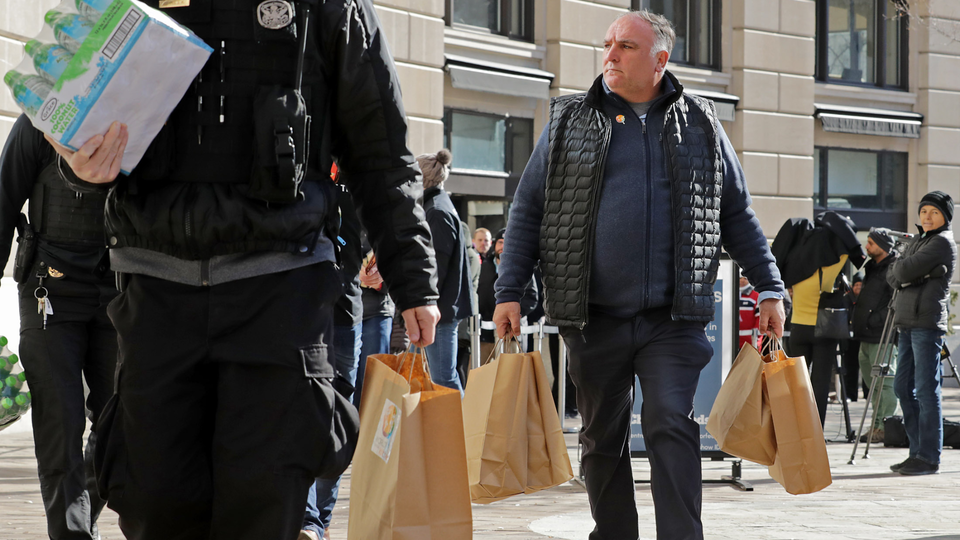
Washington is also the home base of the world’s most famous chef activist, José Andrés, who frequently leaves the city to help provide food for victims of disaster-hit areas. But he still does a powerful job locally.
Earlier this year, his nonprofit World Central Kitchen created a de facto soup kitchen for government workers and their families and served more than 100,000 meals over the course of the 35-day government shutdown. “D.C. let me help introduce tapas to America. I don’t know if another city would have let me do that,” he says. “I could build my restaurants, and now, I can go where I’m needed."
This article is published under license from Bloomberg Media: the original article can be viewed here
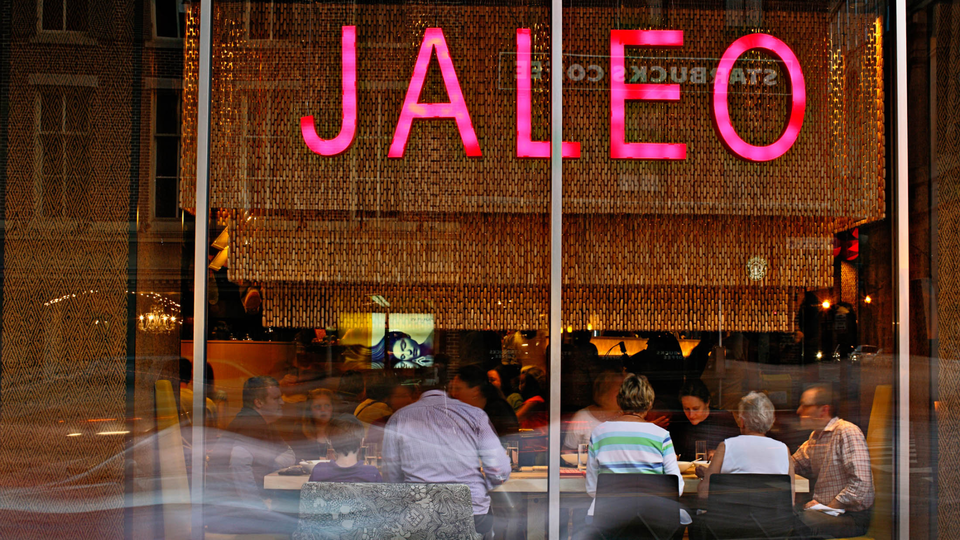
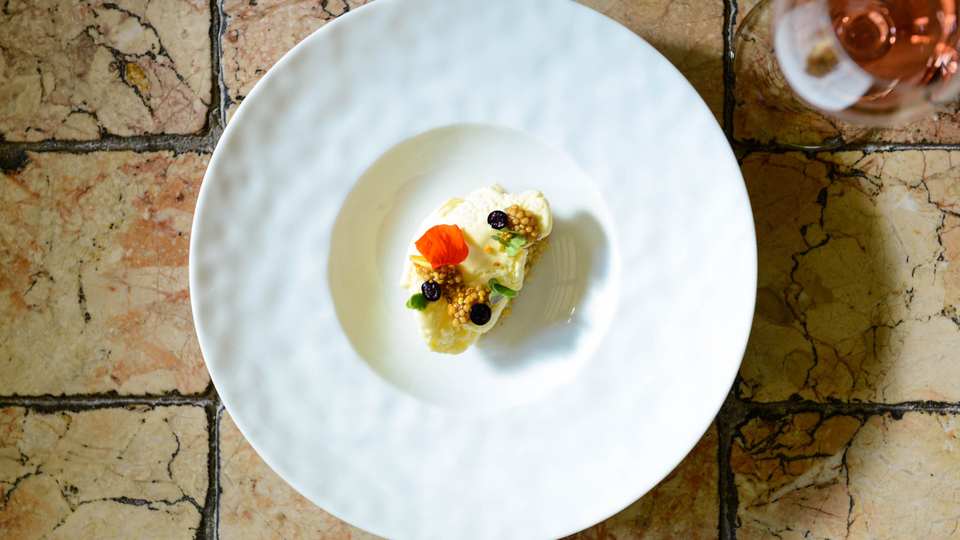
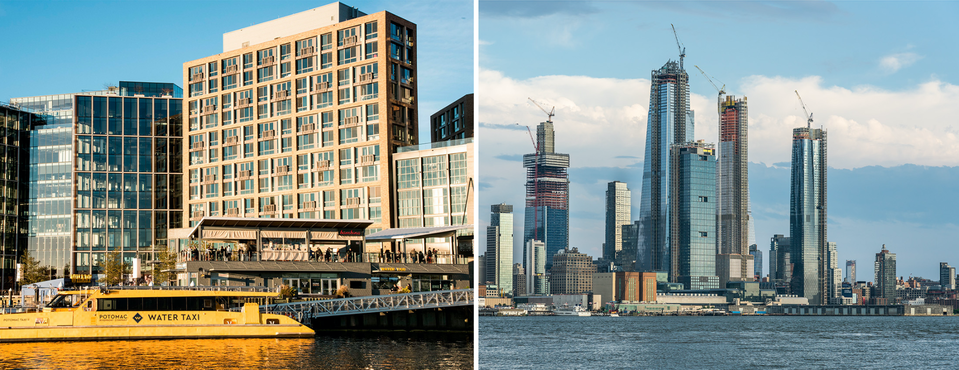
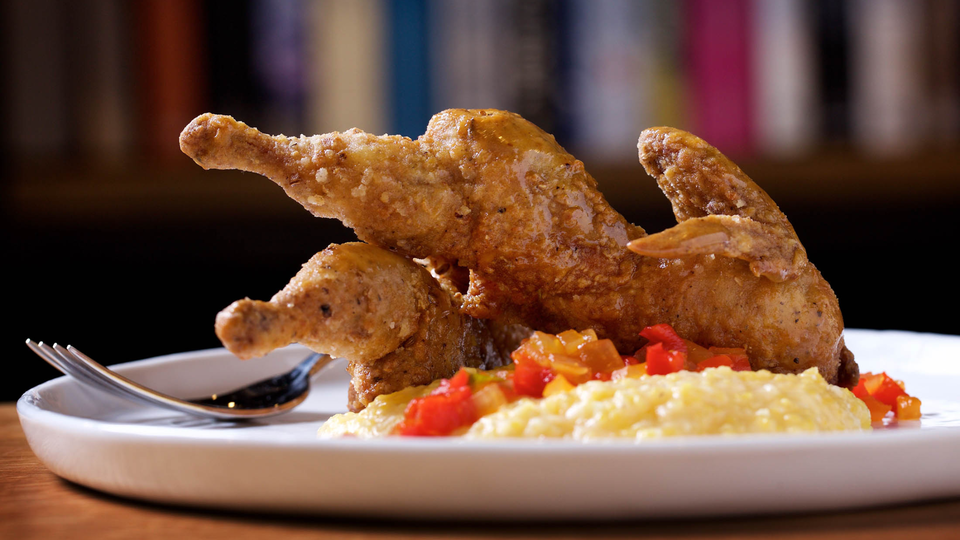
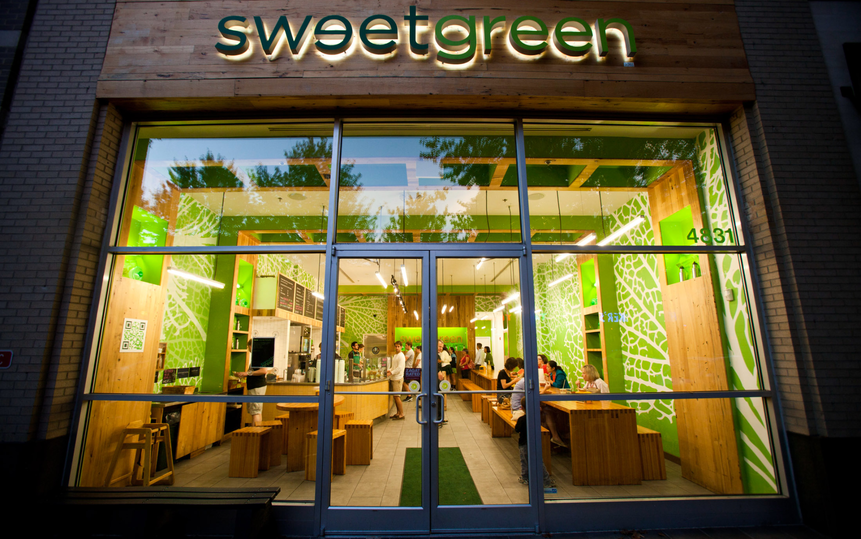
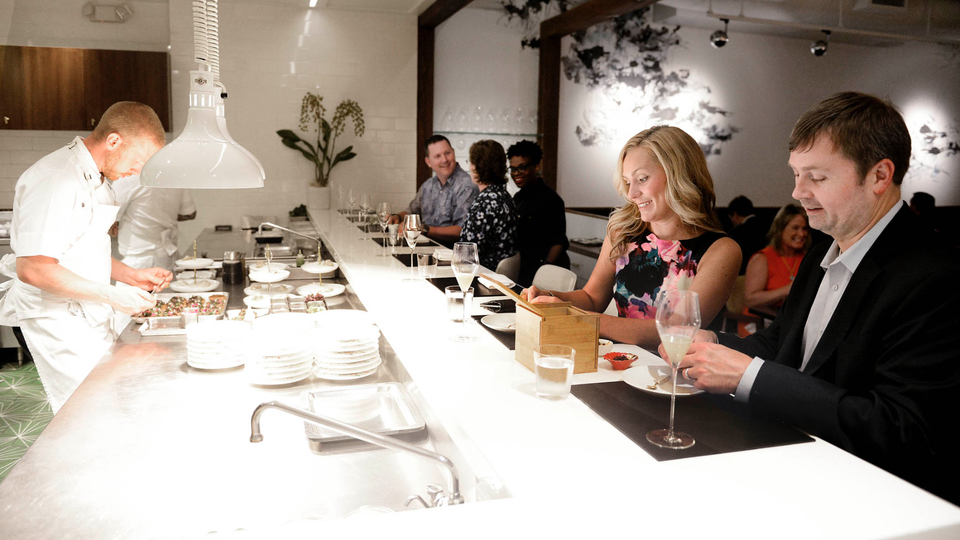
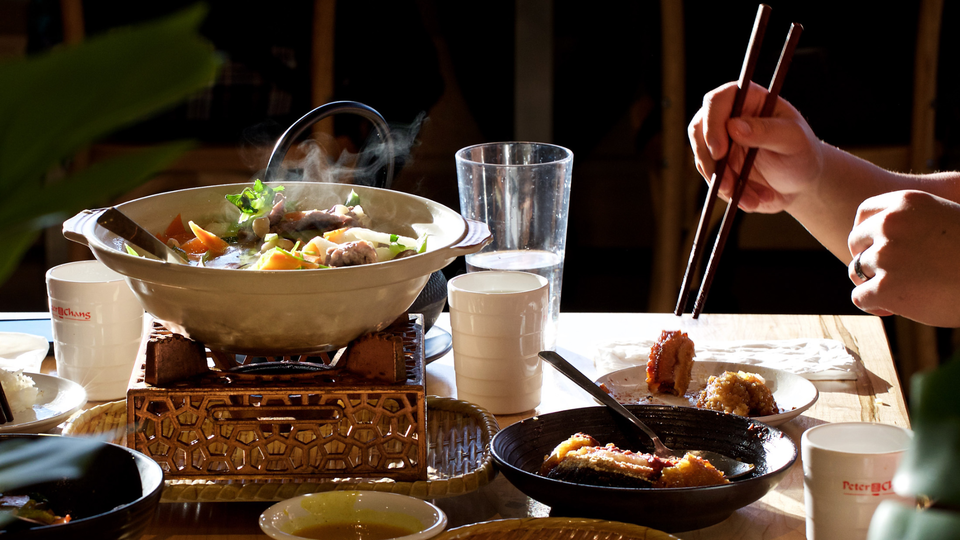

Hi Guest, join in the discussion on Here's why Washington is the most exciting food city in America